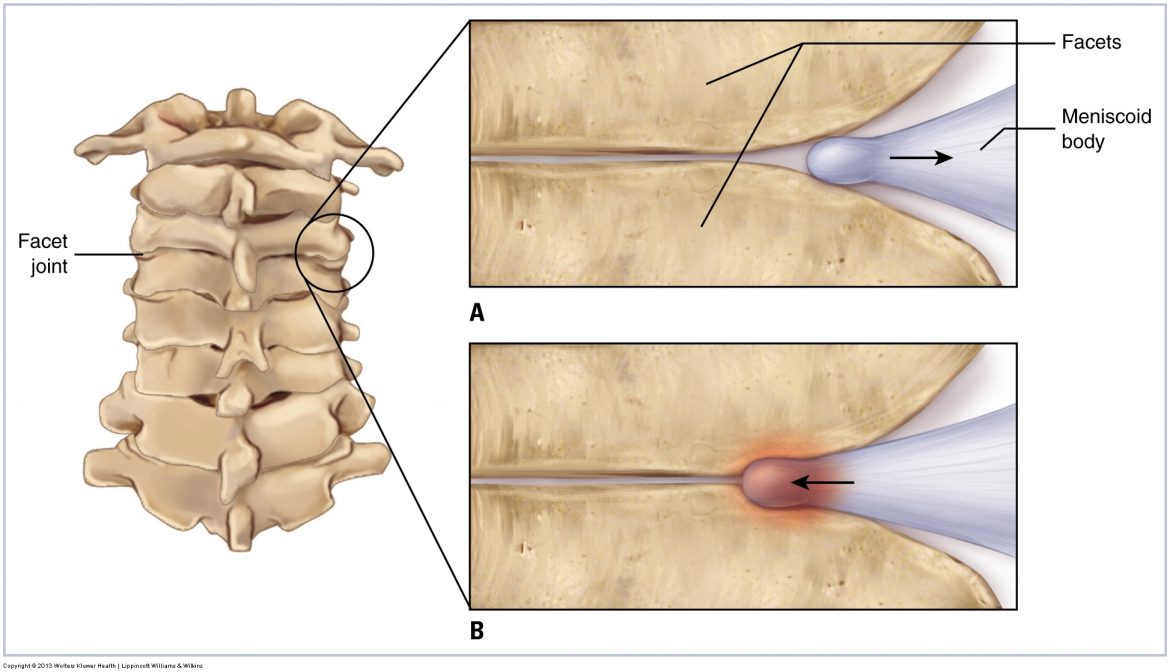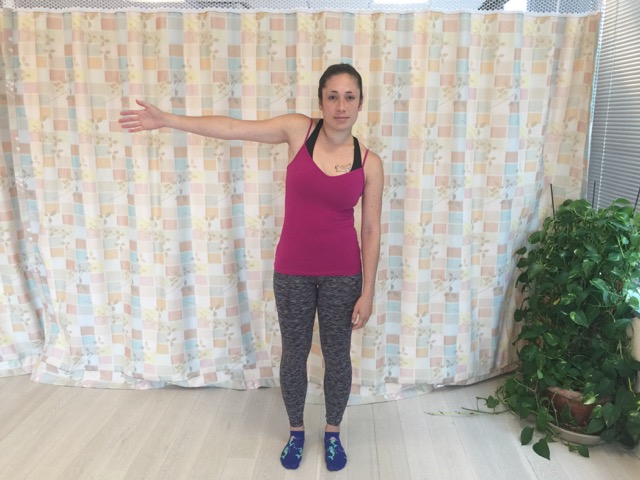This case series of five patients with frozen shoulder demonstrates that active muscle guarding may be a major contributing factor to frozen shoulder.
Marjorie Brook – Proactive Ways to Prevent Postoperative Adhesion Formation
Gentle appropriate movement helps to prevent excessive scar tissue and keep scar tissue from limiting future movement.
Signs, Symptoms, and Assessment of Spinal Joint Dysfunction
Assessment/diagnosis of spinal joint dysfunction, whether it is a hypomobility or a hypermobility, is done via motion palpation.
What are the causes of spinal joint dysfunction?
The primary causes of spinal joint hypomobility can be divided into three types: taut soft tissue, bony obstruction, and jammed meniscoid body.
Decreasing Postoperative Abdominal Adhesions using Manual Therapy
This study demonstrates that manual therapy initiated immediately postoperatively is an effective preventive approach for postoperative abdominal adhesions.
Effect of Stretching on Fascial Injury and Movement Restriction
Research has shown that fascial injury with resultant movement restriction caused loss of fascial mobility on the opposite side of the body..
Fascial Adhesions of the Neck
Fascial adhesions may bind together the two opposing surfaces of a soft tissue interface, resulting in restricted mobility.
Joint Dysfunction of the Cervical Spine
A joint functions to allow motion, so two forms of joint dysfunction exist: Hypomobile joint has restricted motion; Hypermobile joint has excessive motion.
Signs, symptoms, and assessment (diagnosis) of frozen shoulder
The most common sign of frozen shoulder is decreased GH joint range of motion. Most commonly affected motions are abduction, flexion, and lateral rotation.
What are the causes of frozen shoulder?
Frozen shoulder is a condition in which the glenohumeral joint loses mobility. The two stages are neurogenic frozen shoulder and adhesive capsulitis.










